A Carp is any number of fish in the Cyprinidae family. Researchers recognize many different species in the family, all of which originate in Europe or Asia.
Of the many different species, one of the most well-known is the common species. For this reason, in this article we will focus primarily on this species. Read on to learn about the Carp.
Description of the Carp
This fish looks like a large dull-colored goldfish, though size and coloration vary by individual. It has a rather broad body with large scales. Adults range between 1 and 2 ft. long, but the domesticated version reaches much larger sizes. Wild adults reach weights of 30 or 40 lbs. regularly.
Interesting Facts About the Carp
This seemingly innocuous fish is actually one of the most damaging invasive species in the world. Learn more about this fish and what makes it unique, below.
- Introduced – People took this fish species from its natural range and introduced it virtually worldwide. People kept and bred these fish for food, and introduced them to virtually every corner of the earth to use them as food there.
- Invasive – Unfortunately, the populations boomed in their new environments without any true predators to keep them in check. They out compete the native wildlife, including fish and waterfowl, for food.
- Daughterless Carp Project – One method of controlling this invasive fish is the Daughterless Carp Project. Researchers genetically modify the Carp so that they only produce male offspring, and thus cannot continue to reproduce.
- Vulnerable Populations – Ironically, despite their booming invasive populations, in their native range the IUCN lists the species as Vulnerable. Within the region, people control and regulate the rivers that the fish live in to prevent flooding. However, the fish only reproduce in floodplains, which means their native populations are in decline.
Habitat of the Carp
These fish can survive in a number of different habitat types, which makes them successful invasive species. They prefer living in large bodies of water with slow moving currents, like lakes and ponds. However, they can survive in virtually any freshwater ecosystem. Many live in man-made habitats, like reservoirs, canals, ponds, and more.
Distribution of the Carp
Naturally, this species lives throughout various regions of Europe. They live in freshwater habitats from the Middle East throughout most of Europe and into northern Africa. However, their introduced populations persist across the globe. Some of the most problematic areas include Australia and North America.
Diet of the Carp
This species is omnivorous, which means that it eats both animals and plants. They feed primarily by rummaging along the bottom sediment. While moving along the bottom, they suck up mouthfuls of sand or mud and spit it out. Then, they snatch up any edible pieces floating about.
Some commonly eaten items include fish and insect eggs, algae, zooplankton, worms, leaves, seeds, insects, snails, crustaceans, and more. Basically, they eat just about anything that they can easily catch.
Carp and Human Interaction
Humans interact with these fish in a number of ways, including commercial fish farming and sport fishing. People also work to control invasive populations using numerous methods, as discussed in “Interesting Facts” above.
Though one of the most destructive invasive species, the natural populations of this fish suffer from human interaction. The IUCN currently lists the species as Vulnerable.
Domestication
People have been farming this fish from Roman times until today. Over the course of this time, humans have selected only the largest individuals for consumption and have subsequently domesticated this species. Though they are related, our pet goldfish did not come from this species.
Does the Carp Make a Good Pet
No, this species does not make a good pet. Though they are related, our pet goldfish did not come from this species. These fish grow quite large, and have virtually no upside as an aquarium species.
Carp Care
This species is one of the most commonly kept in aquaculture, or fish farming. People keep the fish in large ponds or man-made tanks. They use different tanks for spawning fish, larval fish, and juveniles.
Many facilities keep the fish in ponds and water sources with a natural food supply, such as algae and zooplankton. Additionally, they often keep the fish in ponds with other species, like tilapia.
Behavior of the Carp
Behavior varies slightly based on the age. Younger animals school in larger groups, and older animals remain in smaller schools. The fish forage along the bottom of their water source, usually in sandy or muddy substrates. Particularly large animals live solitary lives and do not socialize outside of breeding.
Reproduction of the Carp
These fish breed via spawning, where fertilization occurs outside of the body. Females lay their eggs over underwater vegetation, and then the males fertilize the eggs. Large females produce as many as 300,000 eggs. It takes about 3 days for the eggs to hatch. The young reach sexual maturity at about 3 years of age.

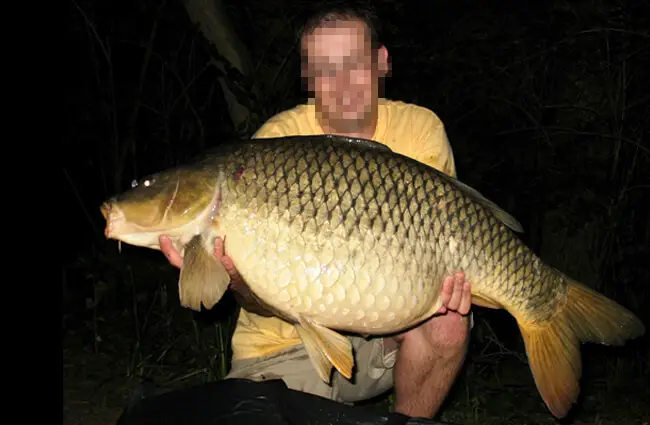
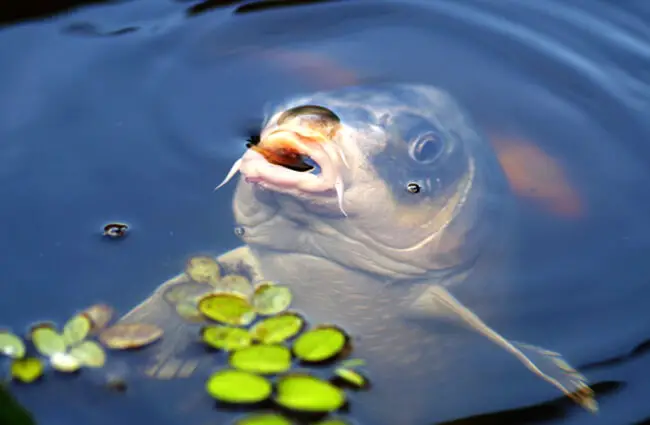
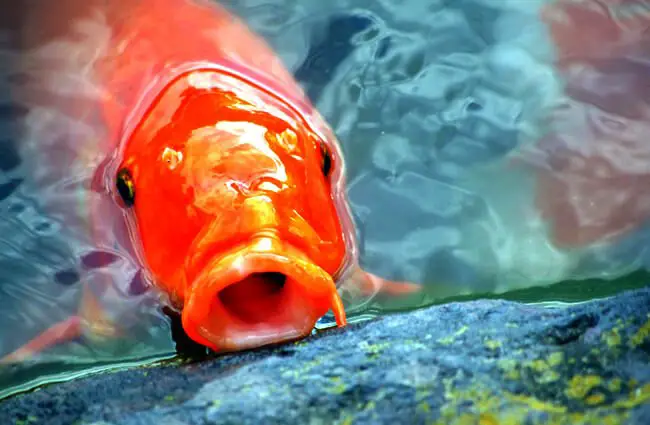
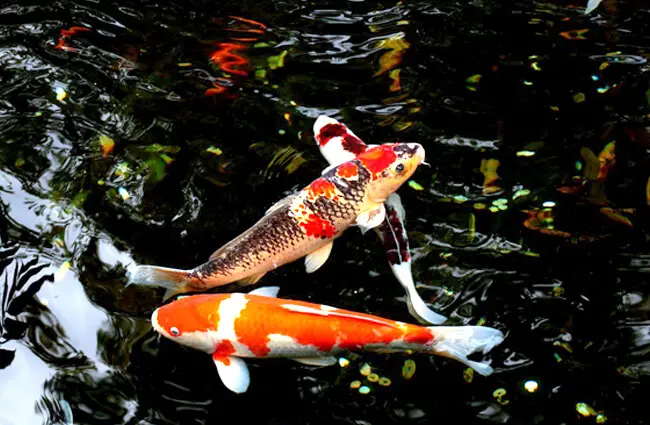


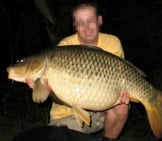

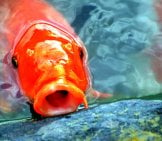
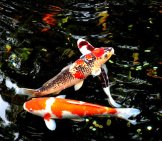
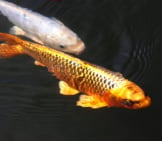
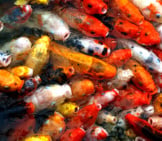
![Red Angus Closeup of a beautiful Red Angus cowPhoto by: U.S. Department of Agriculture [pubic domain]https://creativecommons.org/licenses/by/2.0/](https://animals.net/wp-content/uploads/2020/03/Red-Angus-4-238x178.jpg)












![Red Angus Closeup of a beautiful Red Angus cowPhoto by: U.S. Department of Agriculture [pubic domain]https://creativecommons.org/licenses/by/2.0/](https://animals.net/wp-content/uploads/2020/03/Red-Angus-4-100x75.jpg)

